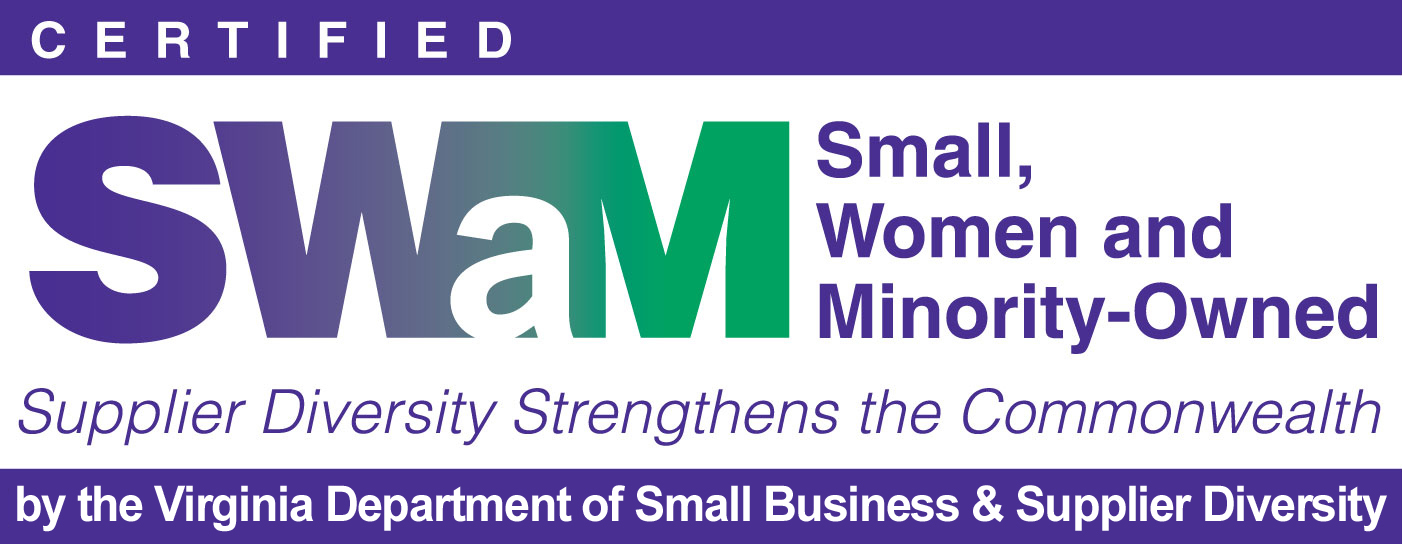It’s basically unheard of in this digital day to do business and not have a social media presence. Whether you have one employee or hundreds, your business’s digital footprint can make all the difference in how your company reaches potential customers. There are numerous moving parts to maintain professional social media accounts, but one of the most important things to focus on is social media etiquette. How your digital voice comes across to your audience impacts your brand.
You Are What You Share
Just like you have a business persona and a personal persona, your company’s social media presence should be separate from your personal one. Anything that you post under the umbrella of your business should align with professional goals, attitude, and beliefs. If a piece of content gives you pause before posting it, it’s most likely best left to your personal social media channels.
Talk with Your Audience, Not at Them
Back in the early 2000s, even before Facebook was a glimmer in Mark Zuckerberg’s eye, the term for finding friends online was “social networking.” Now we seem to have replaced that term with “social media,” but the goal is still the same: to network with other people you may not otherwise have an opportunity to connect with. With that in mind, you wouldn’t just talk at someone during a face-to-face conversation, especially someone you just met. Why then would you do that with your online audience? People are giving your their very precious time, and they want to receive something of value in return. Present them with the opportunity to converse with you. Share information that not only interests them, but also provides them with a way to respond and makes them feel like part of a conversation instead of a targeted demographic.
Don’t Be Needy
The biggest faux pas on all social media platforms, from businesses and personal accounts alike, is the neediness for likes, follows, shares, and comments. You wouldn’t just burst into someone’s home and ask him or her to visit your store, yet business owners are doing just that with their business’s social media accounts. Bombarding your friends’ and family’s inboxes with invitations and requests to like and share your social media content is rude and inorganic. You want to build up a following of people who have general interest in your message while sharing that message instead of a following of great-aunts and uncles who like your posts because your mom asked them to.
Don’t Be Spammy
This goes along with being needy. Quantity does not make for an effective strategy. As a business owner, you want your social media presence to reflect your business’s personality. You also want to work smarter, not harder. Throwing up a post every hour on the hour inundates your followers’ feeds, and you run the risk of having them hide your posts, or worse, unfollow you all together. Most social media platforms have analytic tools that allow you to review your audience’s demographics and interests to help tailor your approach to each particular platform. Finding out what your audience likes and when they’re available to see it will allow you to post less frequently.
Practice Proper Grammar
Language is always evolving, and there are different situations that call for different styles of grammar. You should treat your business’s social media presence as you would any other form of communication from your business. If you wouldn’t consider emailing a client, “C u 2morrow,” then don’t do that on your social media platforms. It can be difficult to convey excitement through text on a computer screen, but WRITING IN ALL CAPS is not the way to go!!! (Neither is the triple exclamation point.) Images are a great way to help convey the emotions you want to elicit from your followers, and they’re available for use on every platform.
Follow the Rules
Online media is no longer the Wild West it used to be. The FTC has developed strict but reasonable guidelines in the past few years that allow for consumers to know the full story behind a post. If your business is working with individuals as part of any advertising campaign, you’ll want to follow the proper guidelines and list the appropriate disclosures.
The internet isn’t a free image gallery ripe for the taking. Most images are considered property of the photographer/publication, and if you use an image without obtaining explicit, written approval it is considered theft. Businesses have folded due to the penalties levied against them for improper image use. Further, if you’re going to use photos of your customers, get their written approval. The same rule applies for written content. When in doubt, always get approval from the owner. If you use media with a Creative Commons designation, you should always use the appropriate attribution.
Don’t Compare Yourself to Anyone Else
Just like we tell children not to compare one person to another, businesses should also heed this advice. It appears childish and tacky to name names when trying to convince your audience to become customers. Your business should attract customers by what it can do, not what your competitor can’t do.
A great social media presence takes times to build, but it starts with the basic principles of respecting and appreciating your followers. The internet never forgets, and you should aim to be remembered for the great things your business says, not for its mistakes.



